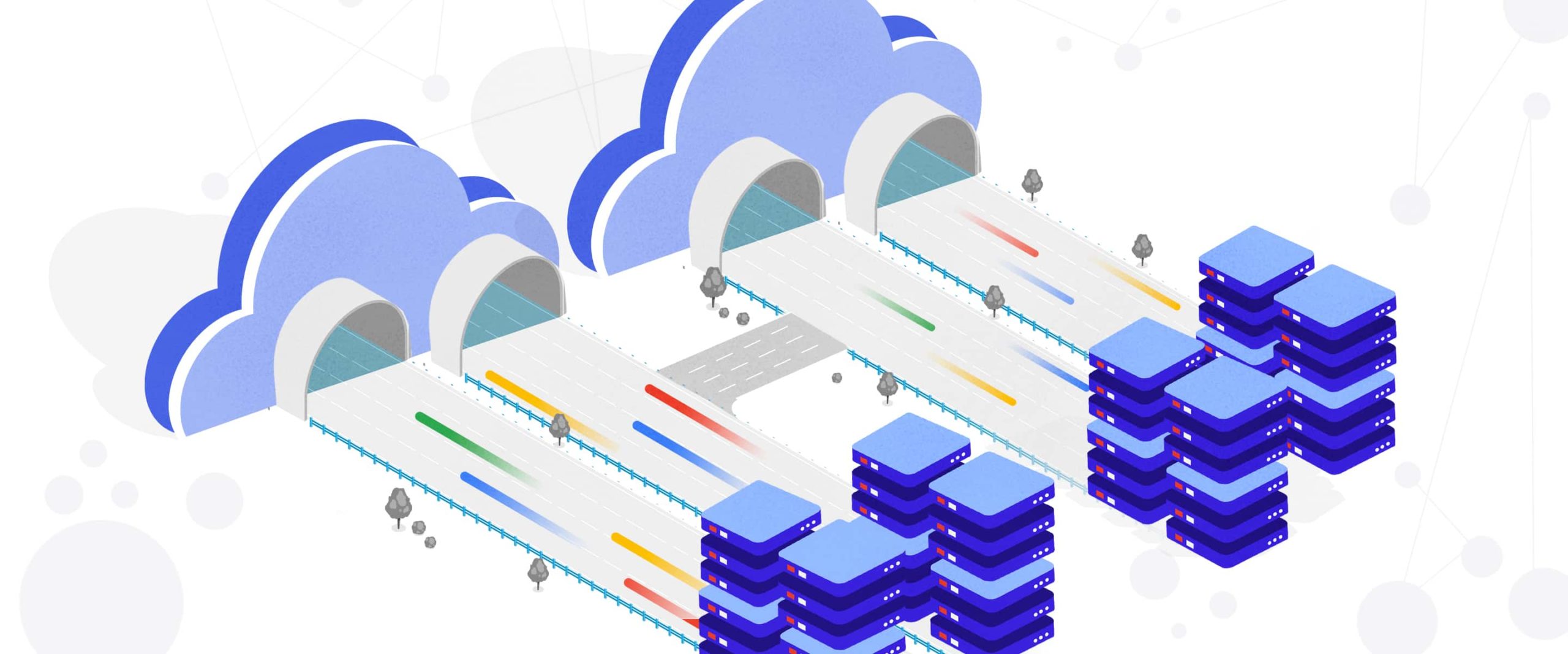When the company prepares to embark on a digital transformation journey, one thing it cannot do without is a sensible and well-planned cloud migration strategy. A cloud migration strategy is a plan that companies adopt to have their on-premise infrastructure assets moved to the cloud. This plan helps companies determine and implement the fastest, most cost-effective, and least disruptive way of transitioning from on-premises to the cloud. Business owners can decide on the best strategy themselves or have a specialized and skilled cloud migration company like Dedicatted perform the evaluation, design the best strategy, and conduct the cloud transition for them.
Types of cloud migration strategies: Amazon’s 6 R’s of migration strategy
According to Amazon, there are six types of migration strategy, which the cloud computing platform calls the “6 R’s of migration strategy”. Here is more about each of the six approaches to cloud migration:
Refactoring is the strategy employed by companies that have sufficient budgets to have their existing infrastructure rebuilt from scratch in the cloud. It is the way to go for enterprises looking to benefit from all the advanced cloud capabilities and cloud-native features inaccessible to those using on-premise setups.
Replatforming is a moving and improving migration strategy. Within this strategy, the core application architecture remains unchanged, but some minor adjustments are made to prepare the solutions for future scaling in the cloud.
Rehosting is a straightforward, fastest-to-execute strategy that implies lifting and shifting the application and migrating it to the cloud unchanged. The strategy is a good fit for smaller companies that still have not formed a solid understanding of what their plans are in terms of services and scalability.
Repurchasing is a cost-effective cloud migration strategy best utilized by companies whose legacy systems have become too cumbersome and inflexible. It involves getting rid of the portions of legacy architecture that are too hard to maintain and replacing them with similar capabilities found within the cloud solution.
Retaining is a strategy that involves keeping certain infrastructure modules on-premises until the provisions are met for their transition to the cloud. It is helpful when some components of the existing infrastructure cannot be moved to the cloud right away because of compatibility issues.
Retiring is a cloud migration strategy in which obsolete, repetitive, or unnecessary infrastructure components are discarded permanently and never moved to the cloud to save costs and enhance the security of the cloud deployment.




